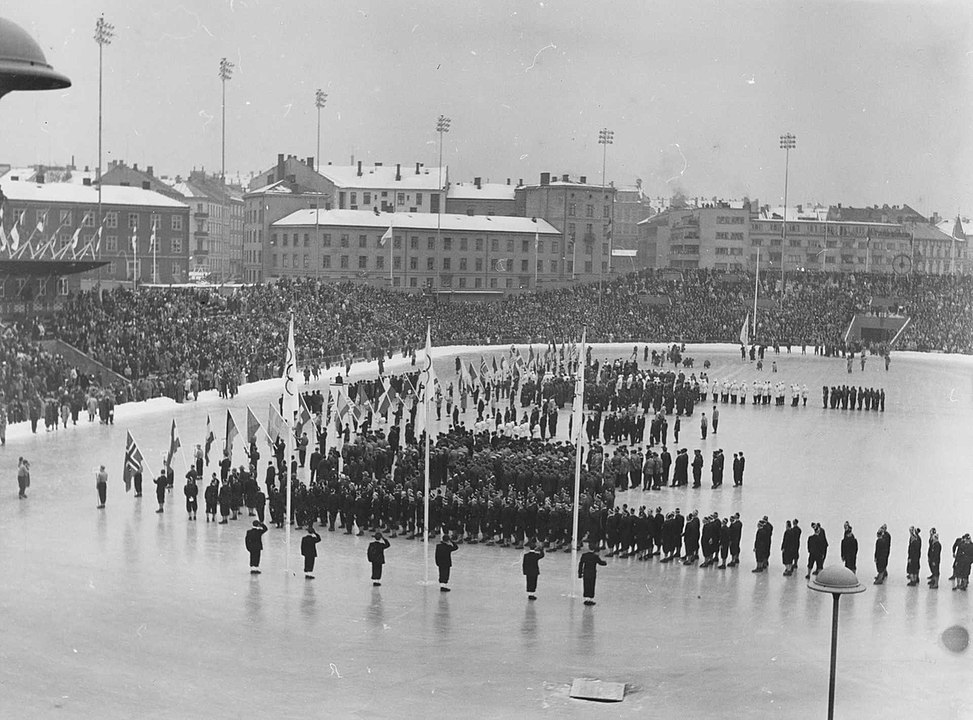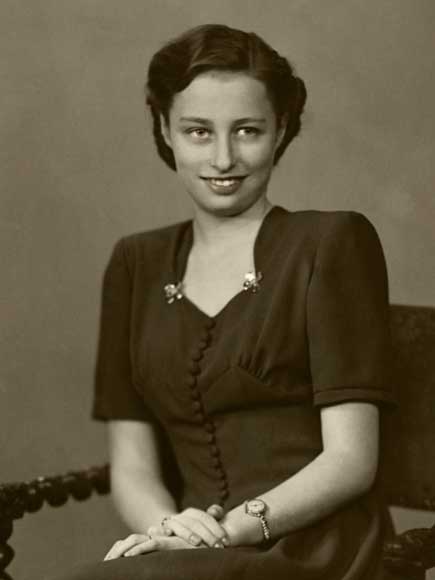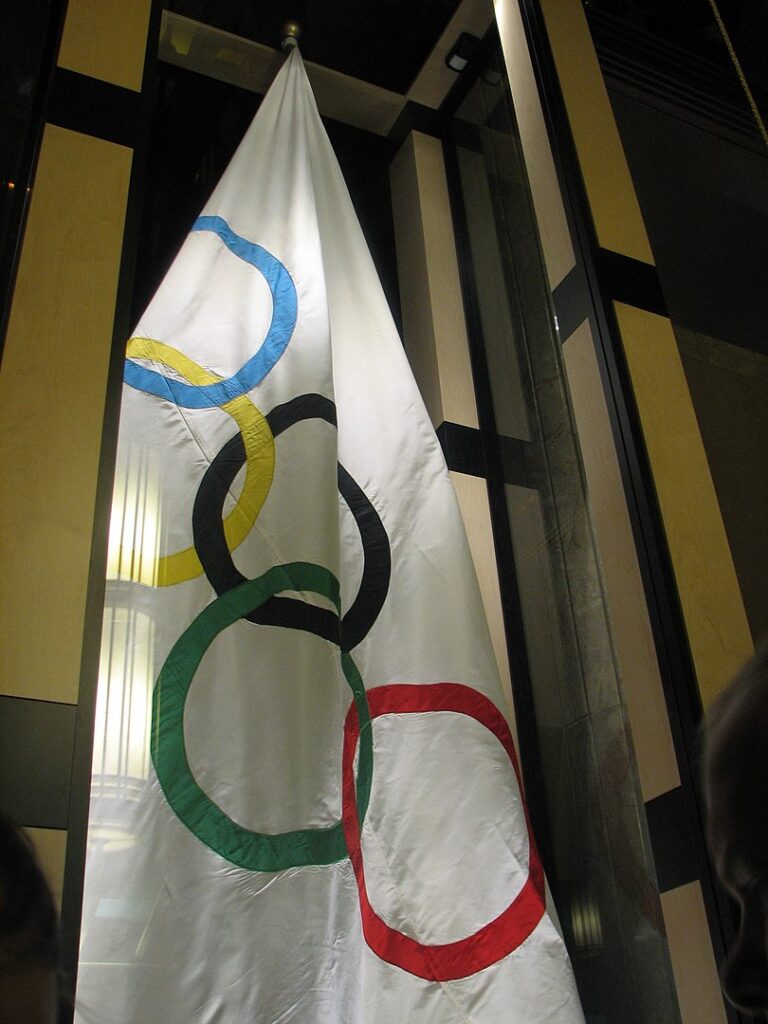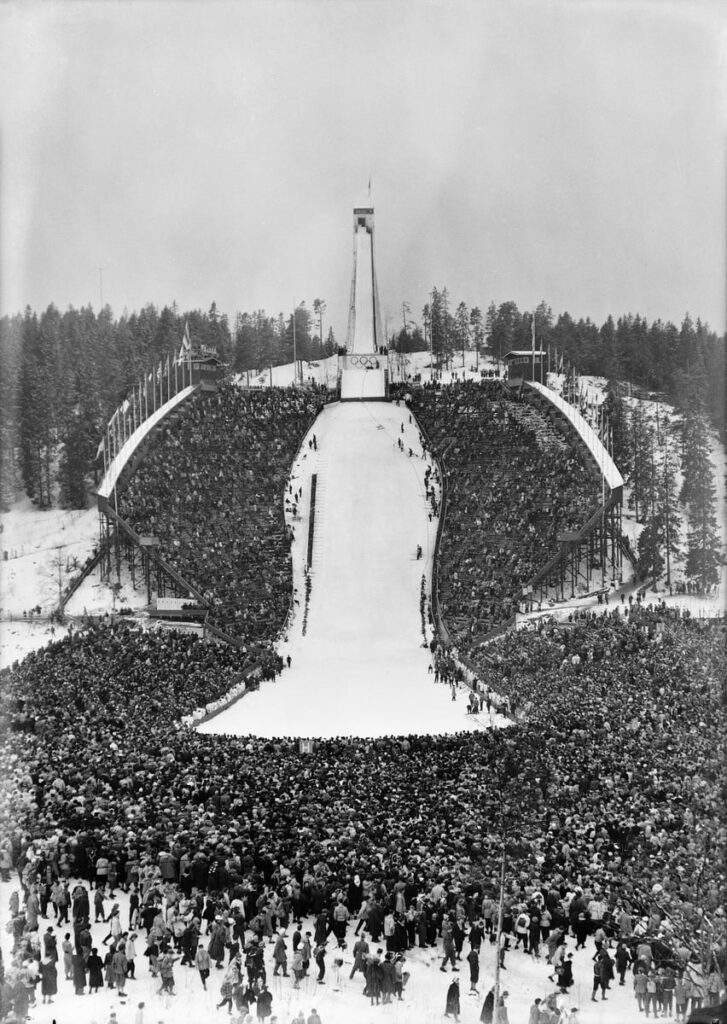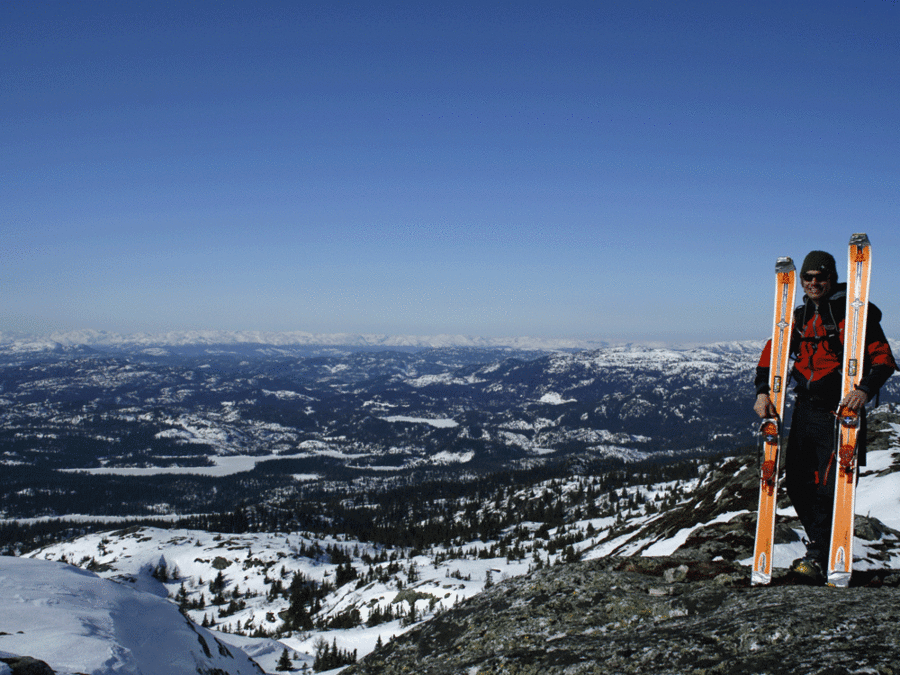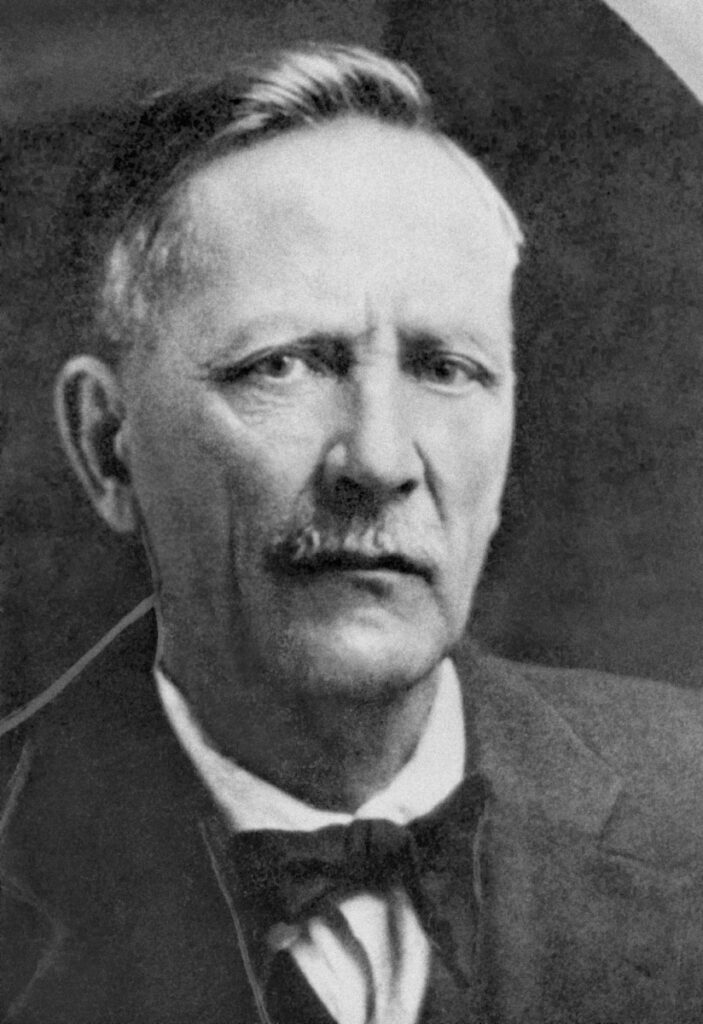Who’s getting invited to the party?
The year was 1952 and, for the first time in the history of the Winter Olympics, a national capital would host the Games. As is often the case, there was some political controversy leading up to the Olympics. In this instance, it centered on the decision whether to include or exclude a team from Germany. The 1940 and 1944 Games had been suspended because of the Second World War and neither the Germans nor the Japanese were invited to participate when the Winter Games resumed in Saint Moritz, Switzerland in 1948. (Neither had been invited to the 1948 Summer Games in London as well.)
For Norway, the issue of Japanese participation was not nearly as problematic as was the case for or against Germany even though the war had ended nearly seven years earlier. Having suffered under Nazi occupation, anti-German sentiment remained high enough among Norwegians that they barred Finn Hodt from competing with the speed skating team because he had collaborated with the Nazis. In the end, the IOC recognized and invited Japan and the Federal Republic of Germany (West Germany) but the German Democratic Republic (East Germany) declined to participate as part of a unified German team. The USSR also declined to send a team.
Tradition! Tradition!
I suspect no one reading this blog is old enough to remember the 1936 Summer Olympics in Berlin but it was for those Games that the first torch relay of the modern games was run. The Winter Games didn’t establish this tradition until the Oslo Games in 1952 when a symbolic torch lighting took place at Mordegal House the birthplace of Sondre Norheim. 
[From Google Maps.]
A total of 94 skiers took two days to transport the torch from Mordegal to light the flame at Bislett Stadium in Oslo which hosted not only the Opening Ceremony but speed skating and figure skating as well.
[Photo from Wikipedia by P A Røstad – Oslo Museum.]
King Haakon VII would have officially opened the games (though the bobsleigh and Alpine skiing events started the day before) but he was in England attending the funeral of Great Britain’s King George VI who died on 6 February. (George VI was succeeded by Elizabeth II who remains on the throne as of the date of publication now 70 years later. {Update 2023: Elizabeth II died on 8 September 2022.}) King Haakon’s granddaughter, Princess Ragnhild opened the Games in his stead. She was the first woman to do so.
[Photo from Royalcourt.no.]
The Oslo Games were the first Winter Olympics to have an official closing ceremony. Late in the day the 30 participating nations paraded into Bislett Stadium in the same order as they had entered for the opening ceremony. Athletes in the four final events, women’s cross-country race, the men’s cross-country relay, the ski jumping competition, and ice hockey, then received their medals.
The lowered Olympic Flag, passed into the hands of representatives of Cortina d’Ampezzo the scheduled host city for the 1956 Winter Games. Thus, Oslo began another Winter Games tradition that had begun after the 1920 Summer Games in Antwerp.
[Photo from Wikipedia Commons BY Dave O from North Vancouver, Canada CC BY SA 2.0.]
The Oslo flag remained part of this tradition until the Pyeongchang flag replaced it after the 2018 Games. The flame was extinguished after the flag ceremony. This was followed by a special speed skating race, a figure skating exhibition, and an ice dance performance by local children in traditional costumes. A 20-minute fireworks display culminated the event.
Oslo constructed the Jordal Amfi Arena for the ice hockey tournament making it the first Winter Olympics ice hockey tournament to be played entirely indoors and on artificial ice. (The sport had been played entirely indoors once before. This happened in its debut in April at the 1920 Antwerp Summer Games. The 1932 Winter Games in Lake Placid, NY held only the final game at its Olympic Arena.)
Let the Games begin.
A total of 30 nations and 694 athletes participated with New Zealand and Portugal making their Winter Olympics debuts.
The Giant Slalom made its debut in Alpine skiing. (Did you know that slalom is the anglicized version of the Norwegian blend word slalåm. On their own, sla means slope or sloping and låm means track after skis. Put them together and you have a race.)
These games also featured the first women’s event in cross country skiing at a 10 kilometer distance.
The ski jumping competition was held at the Holmenkollbakken Ski jump which, in 1952, looked like this:
[(Photo from lifeinnorway.com.]
(My photo in the Oslo post is the 19th iteration of the hill that held its first competition in 1892.To provide an idea of the progress of the athletes, the winning jump in the first competition was 21.5 meters. Arnfinn Bergmann’s winning jump in 1956 was 68 meters. Norway’s Robert Johansson set the current hill record of 144 meters in 2019.)
The Games made use of computers for the first time using them in figure skating to calculate the scores awarded by the different judges for both the compulsory and free skate programs.
And while we’re on the subject of figure skating, American Dick Button not only won his second Olympic Gold in the sport, he landed a triple loop and became the first skater to successfully land a triple jump in international competition.
Norway won the most gold medals with 7 and the most overall medals with 16. The U S was second with 4 gold and 11 total.
What’s all this I haven’t heard about Mordegal and Sondre Norheim.
Skiing as a method of winter transport in snowy climates has likely existed for at least 8,000 years but recreational skiing has a more recent origin and competitive sport skiing even more so. One place that has staked its claim as the birthplace of sport skiing is Mordegal, Norway and even more specifically it’s invention is credited to one person – Sondre Norheim.
[Photo from Morgedalsfjella-vinter.]
Sondre Norheim was born Soundre Auverson in Mordegal in 1825 and earned a living as a farm laborer. However, he was both an athletic enthusiast and a skilled craftsman. He designed and fashioned skis that included such innovations as shortening the ski’s length, curving the sides to facilitate turns, and a new heel binding design that held the ski firmly to the foot thereby enabling skiers to tackle the slopes in ways never seen before.
Whether or not he is solely responsible for inventing or at least popularizing sport and competitive skiing, Norheim can certainly be credited with two significant accomplishments. First, he certainly invented the style known as Telemark skiing with a squatting motion on downhill skis that combines elements of Alpine and Nordic skiing. Second, his ski design became the prototype for all those now produced.In 1884, Norheim (a surname he adopted from his last Norwegian residence), his wife, and three of their children emigrated to the United States. They initially settled in Minnesota before moving to McHenry County in North Dakota where he died in 1897.
Prepare yourself for a long stay in Lillehammer.
